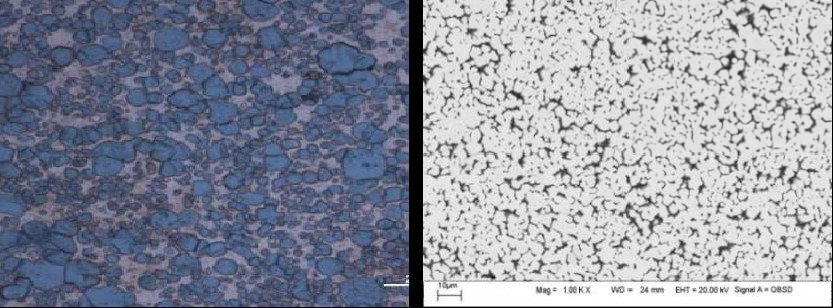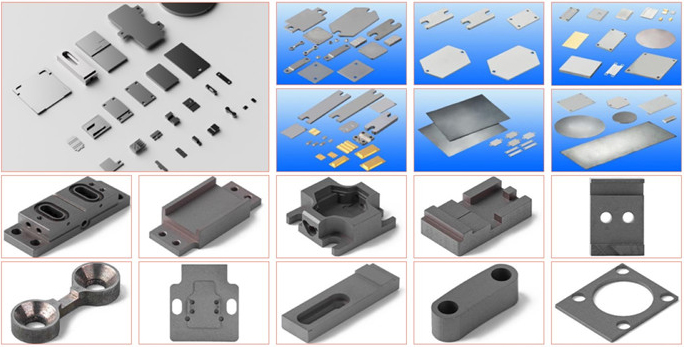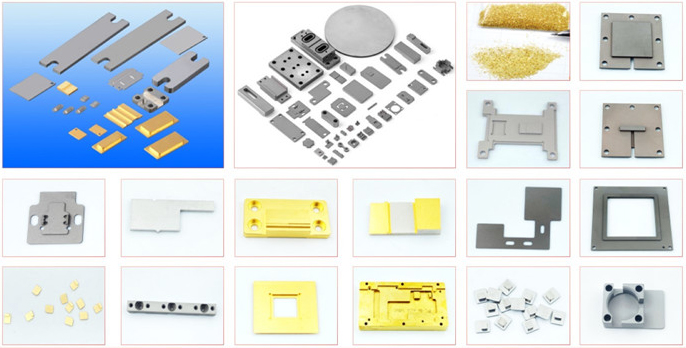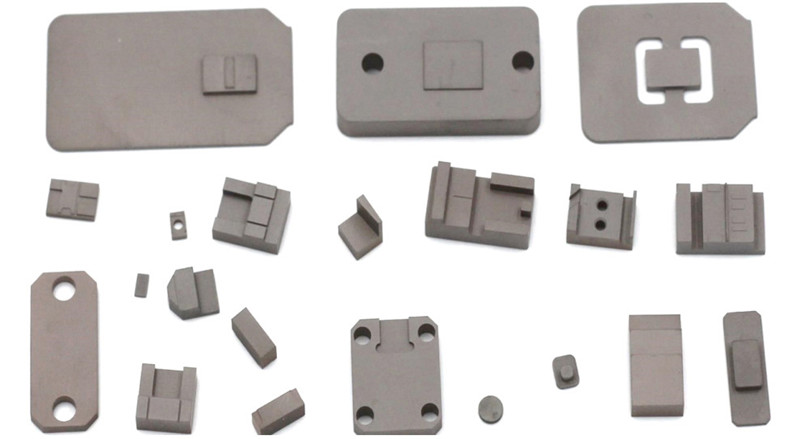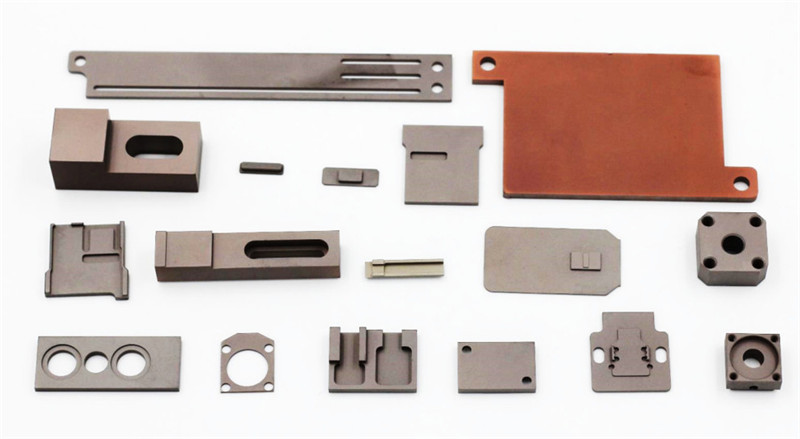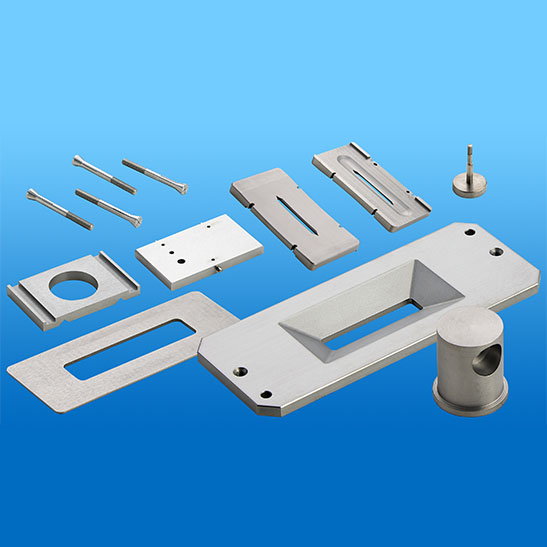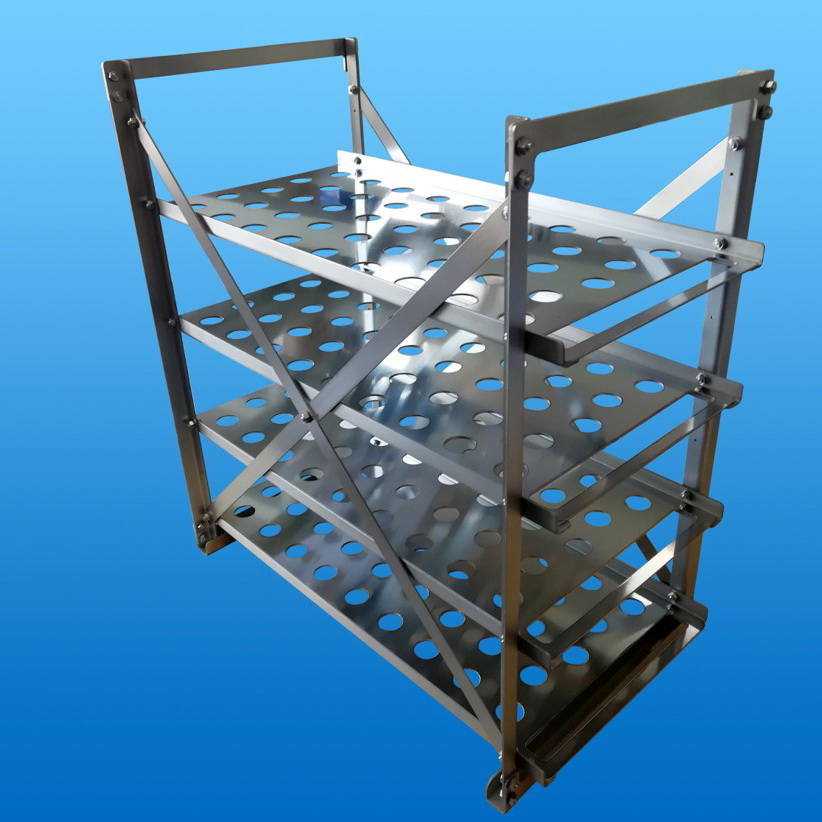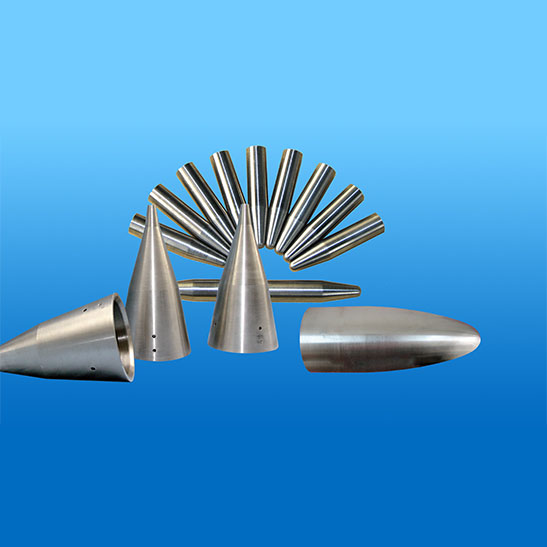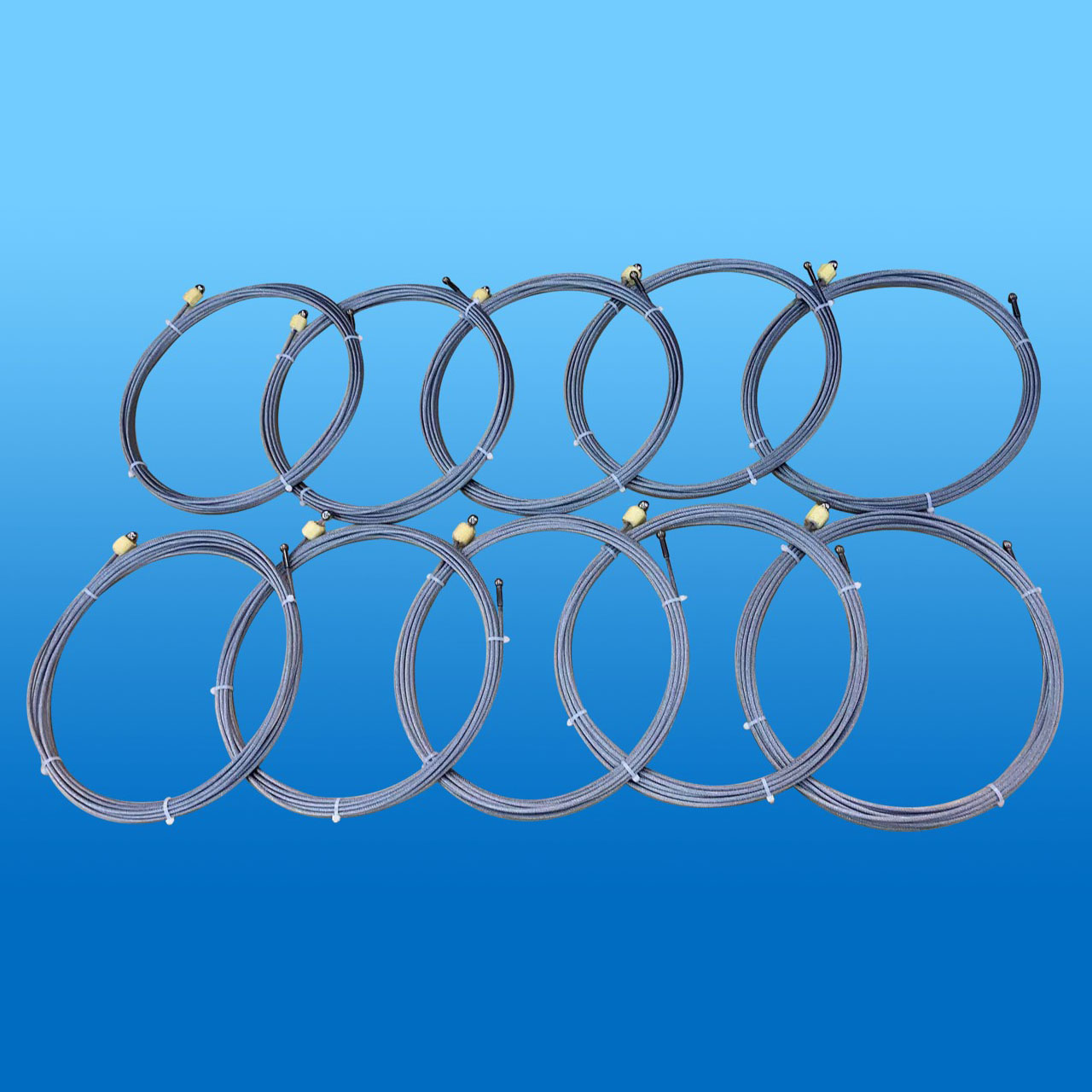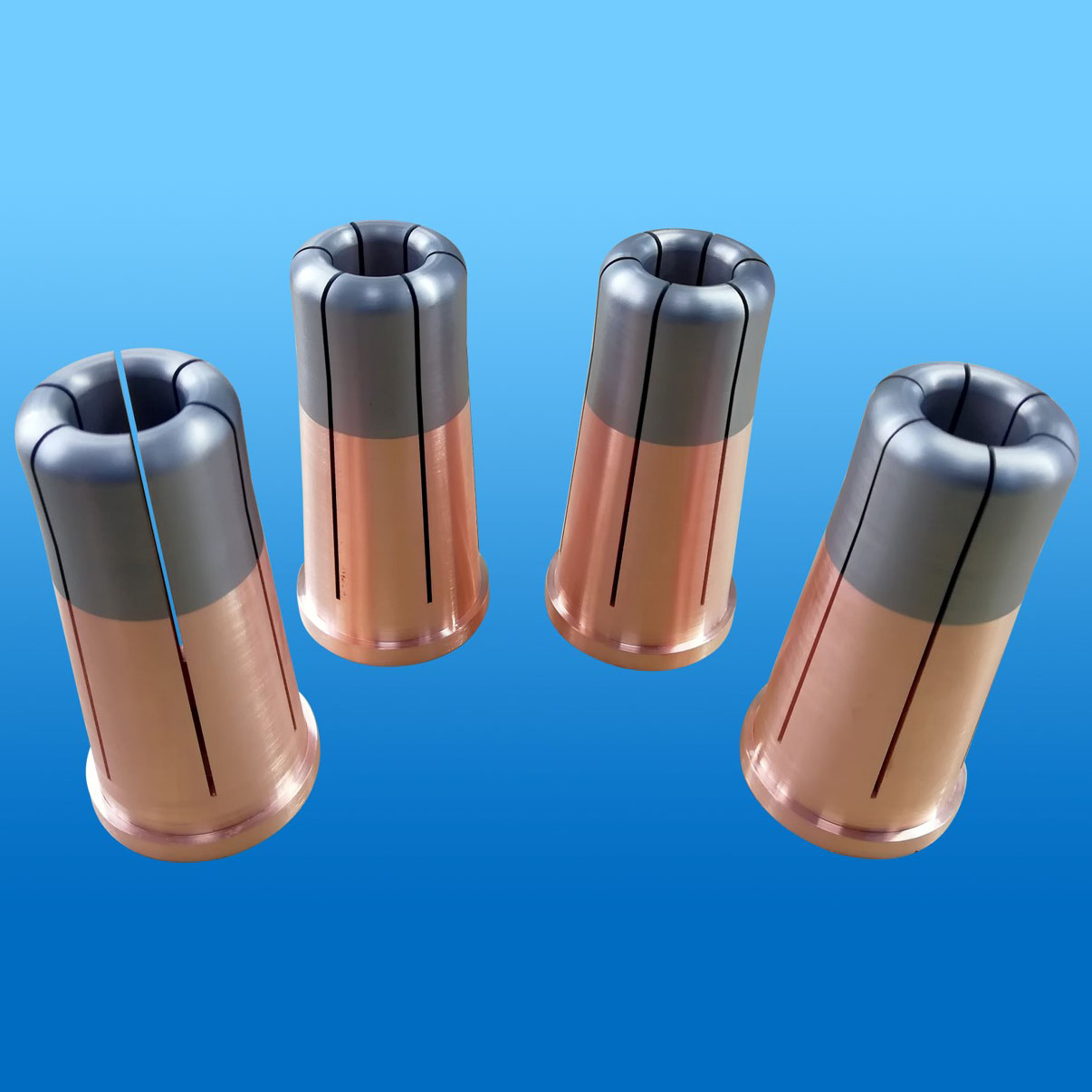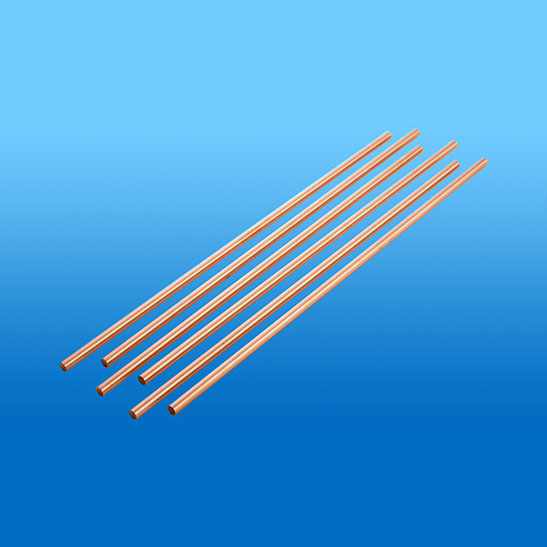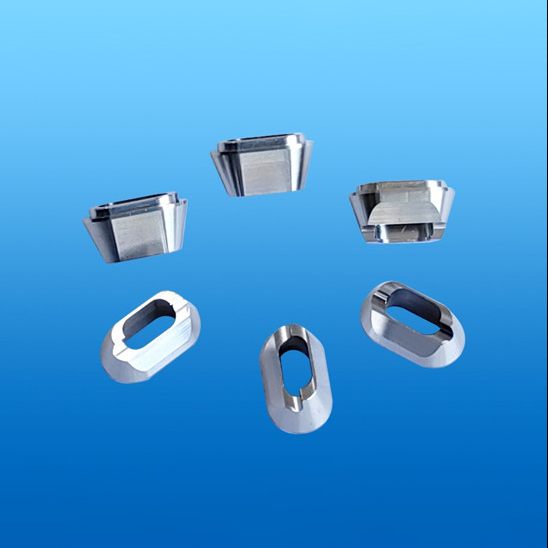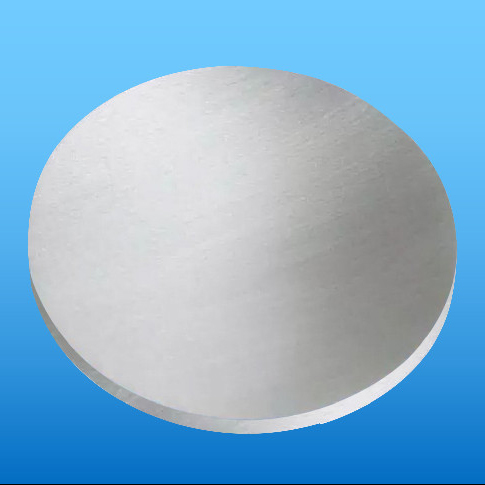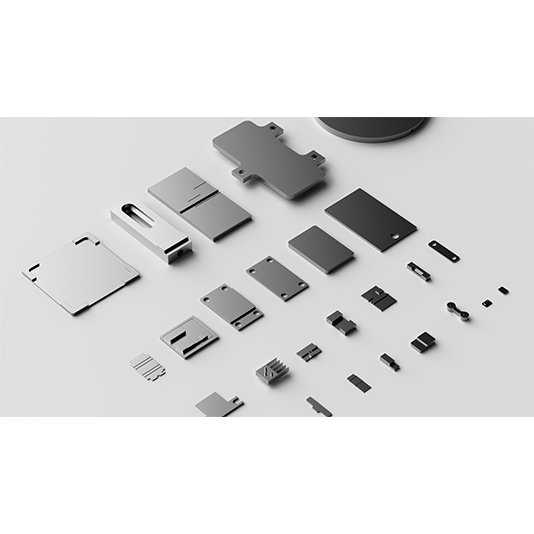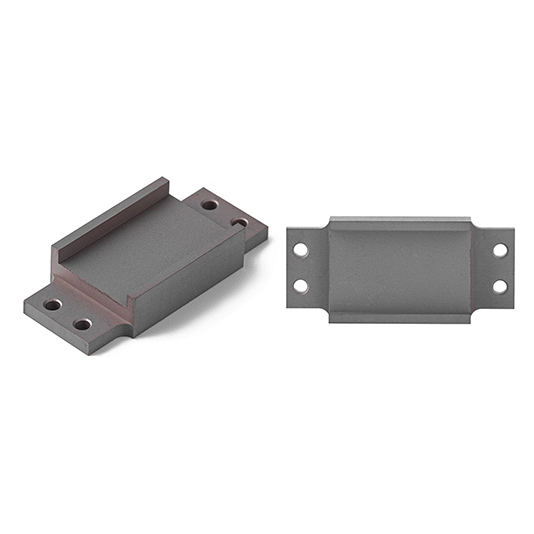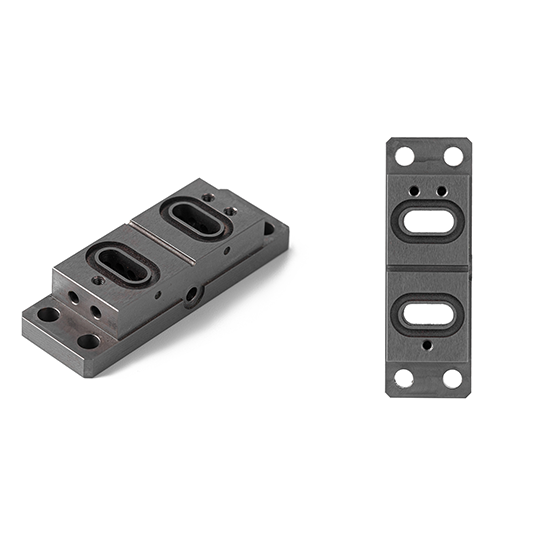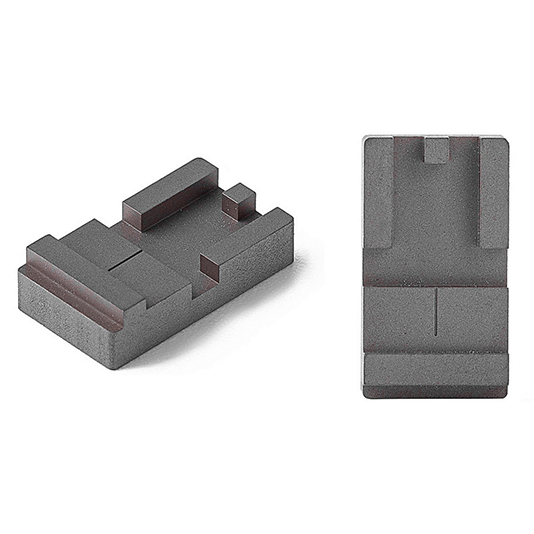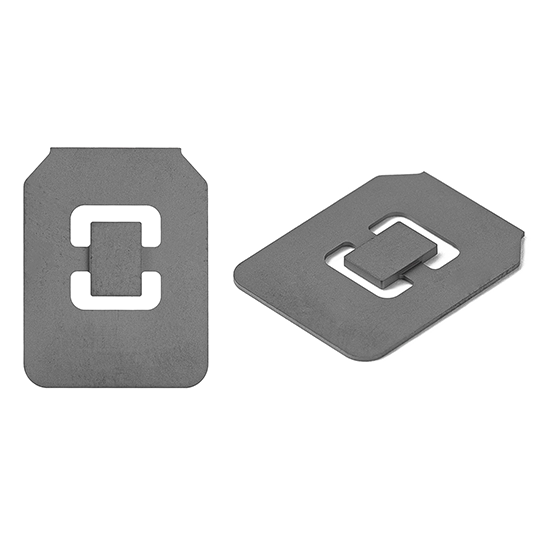Tungsten Copper Heatspreader
During manufacturing of copper tungsten alloy, high purity tungsten is pressed, sintered and then infiltrated by the oxygen-free copper after the consolidating steps. The consolidated tungsten copper alloy presents a homogeneous microstructure and low level of porosity. The combination of copper’s conductivity with tungsten’s high density, hardness, and high melting point produces a composite with many preeminent properties of both elements. Copper-infiltrated tungsten boasts such properties as high resistance to high-temperature and arc-erosion, excellent thermal and electrical conductivity and a low CTE (coefficient of thermal).
The physical and mechanical properties and melting point of tungsten copper material will be positively or oppositely affected by varying the amount of copper tungsten in the composite. For example, as the copper content gradually increases, the electrical and thermal conductivity and thermal expansion exhibit a tendency of being stronger. However, the density, electrical resistance, hardness and strength will be weakened when infiltrated with less amount of copper. Therefore, an appropriate chemical composition is the utmost importance when considering tungsten copper for specific application need.
| Material | Tungsten Content | Copper Content | Density | Thermal Conductivity at 25℃ | CTE at 25℃ |
| Wt% | Wt% | g/cm³ | W/M ·K | (10- °/K) | |
| W90Cu10 | 90±1 | Balance | 17.0 | 180-190 | 6.5 |
| W85Cu15 | 85±1 | Balance | 16.4 | 190-200 | 7.0 |
| W80Cu20 | 80±1 | Bal ance | 15.6 | 200-210 | 8.3 |
| W75Cu25 | 75±1 | Balance | 14.9 | 220-230 | 9.0 |
| W50Cu50 | 50±1 | Balance | 12.2 | 310-340 | 12.5 |
